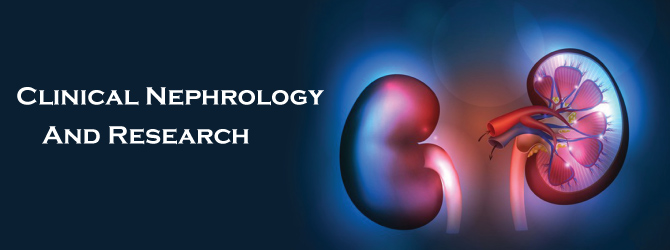
Sign up for email alert when new content gets added: Sign up
In individuals with cardio renal disorders, venous blockage has become a key contributor to renal brokenness. However, due to a significant crossover with prior renal disability caused by long-term hypertension, diabetes, and renovascular infection, only limited progress has been made in separating this hemodynamic aggregate of renal brokenness. We suggest Congestive Nephropathy (CN) as this medical condition that has been disregarded. A potentially reversible variant of renal brokenness known as CN is characterized by constantly increasing renal interstitial tension and reducing renal venous surge. Venous obstruction may result in a never-ending cycle of hormonal activity, increased stomach pressure, excessive renal cylindrical salt reabsorption, and volume overload, which in turn causes more Right Ventricular (RV) stress. Renal substitution therapy may eventually be anticipated to relieve diuretic-safe obstruction. Strong decongestion may help or save renal capacity. Complete renal capacity reclamation might be a corroborating demonstrative model for congestive intense kidney injury, which may not be related to cell damage. It's interesting to note that over time, renal brokenness and Histopathological damage might be brought on by persistently low renal perfusion tension. Urinary indicators may therefore contrast. While CN is typically associated with biventricular cardiovascular failure, it can also occur in addition to aspiratory blood vessel hypertension and elevated intra-abdominal pressure. A significant reduction in glomerular filtration rate is associated with an increase in focal venous pressure to >6 mmHg. The range of focal venous strain, however, that can provide the best balance between RV and renal capacity still has to be determined. We indicate areas for further research and provide models to identify cardio renal condition subgroups likely to benefit from decongestive or pneumonic hypertension-explicit therapies.